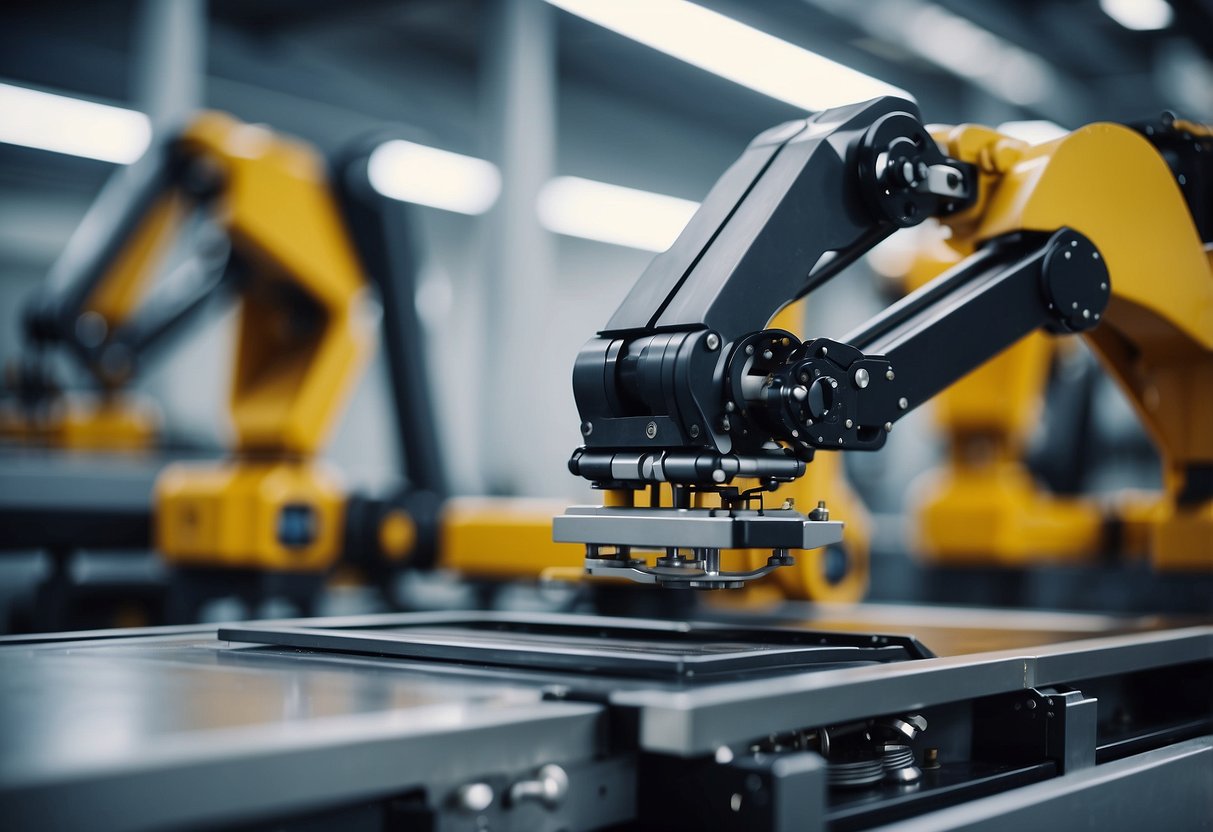
3D printing is drastically changing the landscape of car manufacturing. By allowing for rapid prototyping and customization, it reduces both time and cost in the production process. This technology enables manufacturers to create complex parts that were previously difficult or impossible to produce with traditional methods.
Manufacturers can now create lighter, stronger components that improve vehicle performance and fuel efficiency. This innovation is not only transforming the design and production phases but also paving the way for more sustainable and environmentally friendly practices. As the technology continues to advance, it promises to further streamline operations and push the boundaries of automotive engineering.
History of 3D Printing in Automotive Production
3D printing in automotive production has its origins in the late 20th century. The technology began gaining traction in the industry during the 1980s and 1990s. Early adopters in the automotive sector used it mainly for creating prototypes and concept models.
In the 2000s, advancements in 3D printing technology allowed for the production of functional parts. Car manufacturers started experimenting with 3D-printed components for engines and interiors. This period marked a shift from mere prototyping to actual manufacturing applications.
The 2010s saw a rapid expansion of 3D printing’s role in automotive production. Companies like Ford and BMW invested heavily in the technology. They utilized it for producing lightweight parts, which contributed to fuel efficiency and overall vehicle performance.
Audi introduced 3D printing for custom and high-performance parts. They demonstrated that 3D printing could meet the rigorous standards required for automotive components. This era highlighted the potential for customization and rapid production.
As the technology advanced, the supply chain also benefited. Instead of outsourcing, manufacturers could produce parts on-site, reducing time and cost. This shift also meant faster turnaround times for repairs and replacements.
By the early 2020s, entire car models with significant 3D-printed components were being showcased. Companies explored the feasibility of 3D printing for mass production. This period underscores the technology’s growing importance in the industry.
In summary, the history of 3D printing in automotive production illustrates its evolution from a prototyping tool to a key player in manufacturing. The continuous advancements and investments in this technology highlight its transformative impact on the automotive industry.
Fundamentals of 3D Printing Technology
3D printing, also known as additive manufacturing, creates objects by adding material layer by layer based on a digital model. This approach contrasts with traditional manufacturing techniques that rely on subtractive methods, such as cutting or drilling.
The process usually begins with designing a 3D model using computer-aided design (CAD) software. Once the design is complete, the file is converted into a format readable by 3D printers, commonly STL or AMF.
Multiple printing technologies exist, with Fused Deposition Modeling (FDM) and Stereolithography (SLA) being two popular options. FDM involves extruding melted material, while SLA uses a laser to cure resin. Each method has its applications, strengths, and limitations.
Materials used in 3D printing range from plastics and resins to metals and ceramics. The choice of material impacts the properties and potential uses of the printed object. For example, nylon is often used for its strength and flexibility, while resin can achieve high levels of detail.
The 3D printer transforms the digital model into a physical object by following precise instructions. Printers deposit layers of material, which fuse together to form a solid structure. This layer-by-layer method allows for complex geometries that are difficult or impossible to achieve with traditional techniques.
Speed, resolution, and build volume are critical factors in 3D printing. Speed determines how quickly an object can be produced, while resolution affects the detail and surface finish. Build volume defines the maximum size of the object that can be printed.
3D printing technology offers significant advantages in flexibility and creativity. It enables rapid prototyping, reducing the time and cost associated with developing new products. This makes it an increasingly popular choice in various industries, including automotive, aerospace, and healthcare.



